Additional information about landscape architecture - master
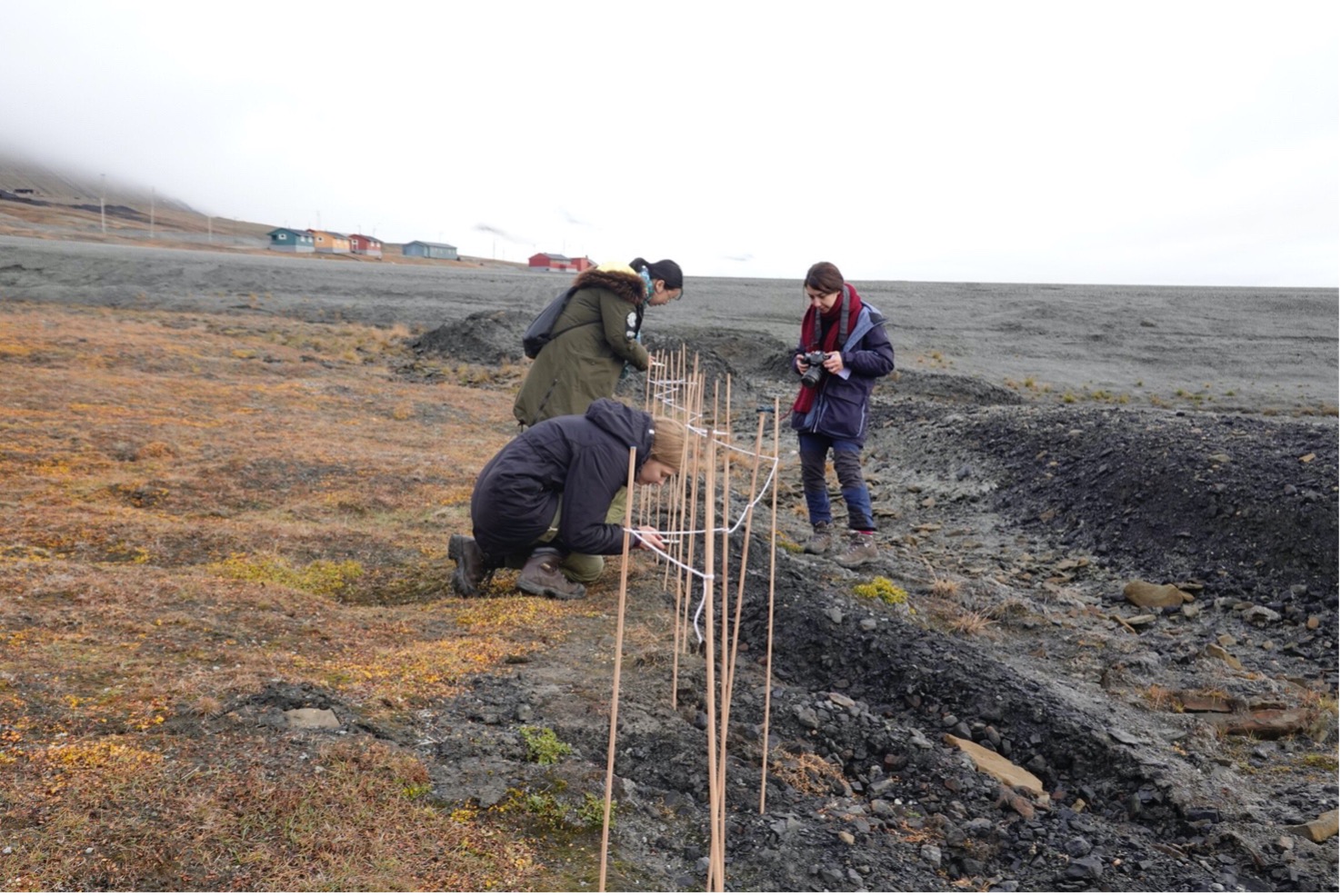
Fieldwork is an integral part of the education
The understanding of a landscape's natural processes and aesthetic qualities are closely linked to our senses. Fieldwork is therefore included as an important element of our education. By being present in the landscape and engaging in the landscape's material conditions, students acquire knowledge that cannot be conveyed through lectures and mapping exercises conducted from a distance.
The picture above is from the former coalmine Sveagruva on the Arctic Archipelago of Svalbard, where students are in the process of creating an "on-site installation" to communicate terrain forms and material conditions that are linked to human intervention in the landscape.
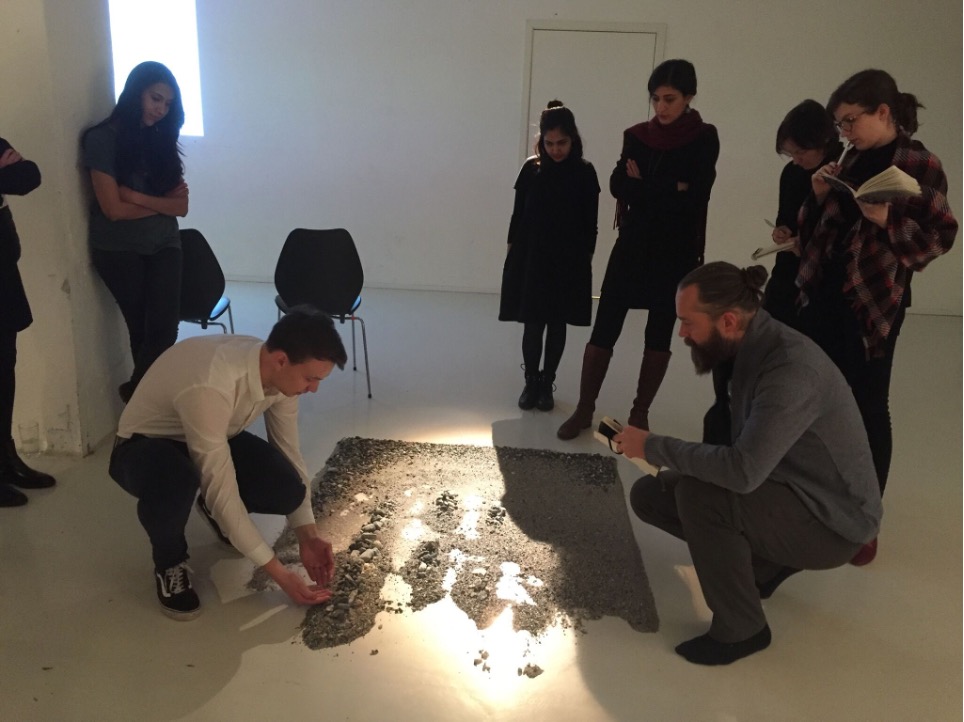
Between art and science
Landscape architecture has a strong artistic dimension. Experimentations with materials and forms in varying states and conditions constitute a natural part of the education. At the same time, landscape architecture has many intersections with other disciplines, especially within the natural sciences, and knowledge from these areas is widely included in the research and project development.
The picture above is from an examination at the Academy of Arts in Tromsø, where Oskar Hjellbakk uses a "non-site installation" to explain his proposal of how to use natural sediment transport in the waters off Tromsøya to create the basis for a new maritime ecosystem with high biodiversity and recreational qualities.
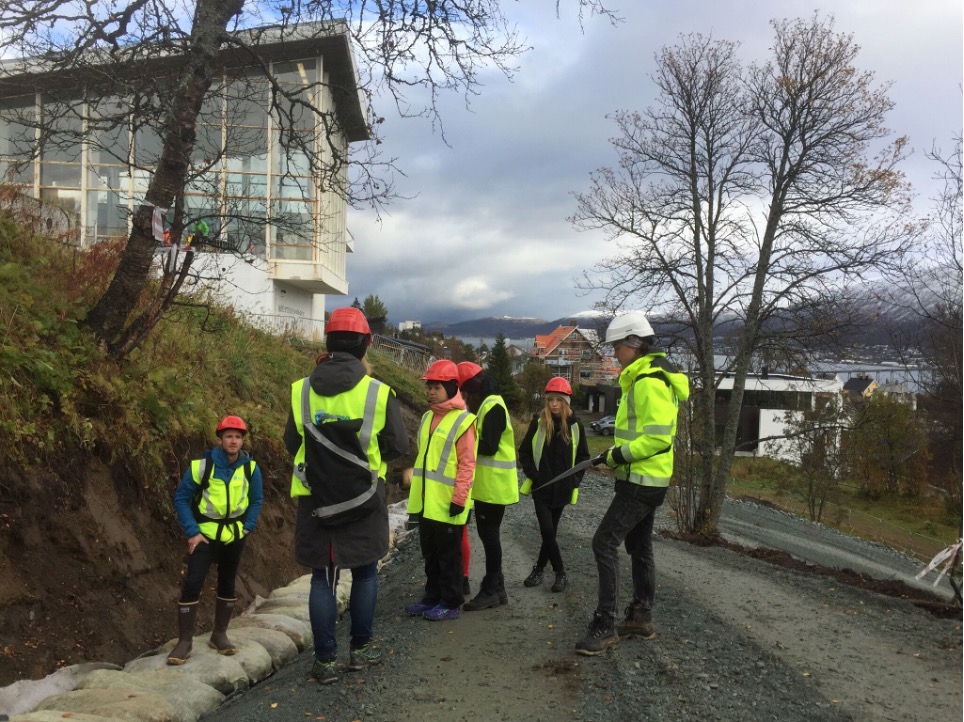
A holistic understanding of the physical environment
Our landscape architecture programme rests on a holistic understanding of the physical environment, where urban areas and open landscapes, the built and the grown are considered and developed as a whole. Landscape is highlighted as an inclusive term and concept that can be used to bridge across different disciplines and create the basis for sustainable solutions.
The picture above is from Alfheimparken in Tromsø, where a group of students inspect the renovation of the park's path system together with a landscape architect from the local municipality.
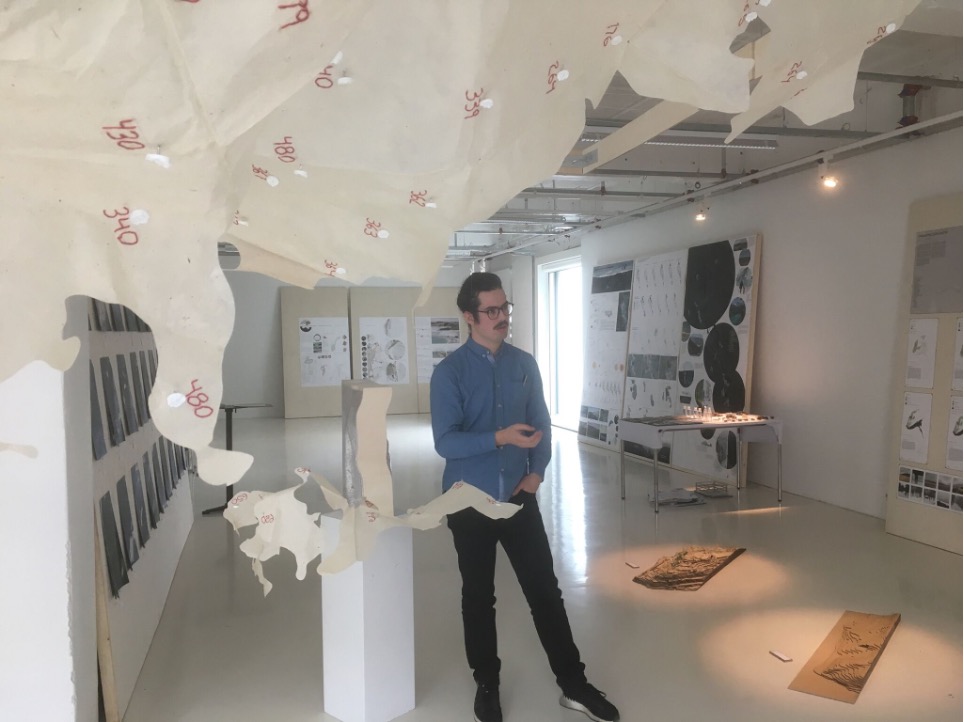
A critical discipline
We regard landscape architecture as a critical discipline and want to educate reflective landscape architects who can help set the agenda and take a lead in a sustainable societal development.
The picture above is from an examination at the Academy of Arts in Tromsø, where Jacob Wood, in his diploma project Unknown Preservation, used drawings and models to take a critical look at the extraction of oil from tar sands in Alberta, Canada.

A social education
Our landscape architecture programme is a framework for social interaction and a basis for close relations between students. Study trips and fieldwork create shared experiences and students spend many hours working together on research and project development in the studio at the Academy of Arts.
The picture above is from a 10-day study trip to Svalbard in connection with a course focusing on the material legacy of coal mining.
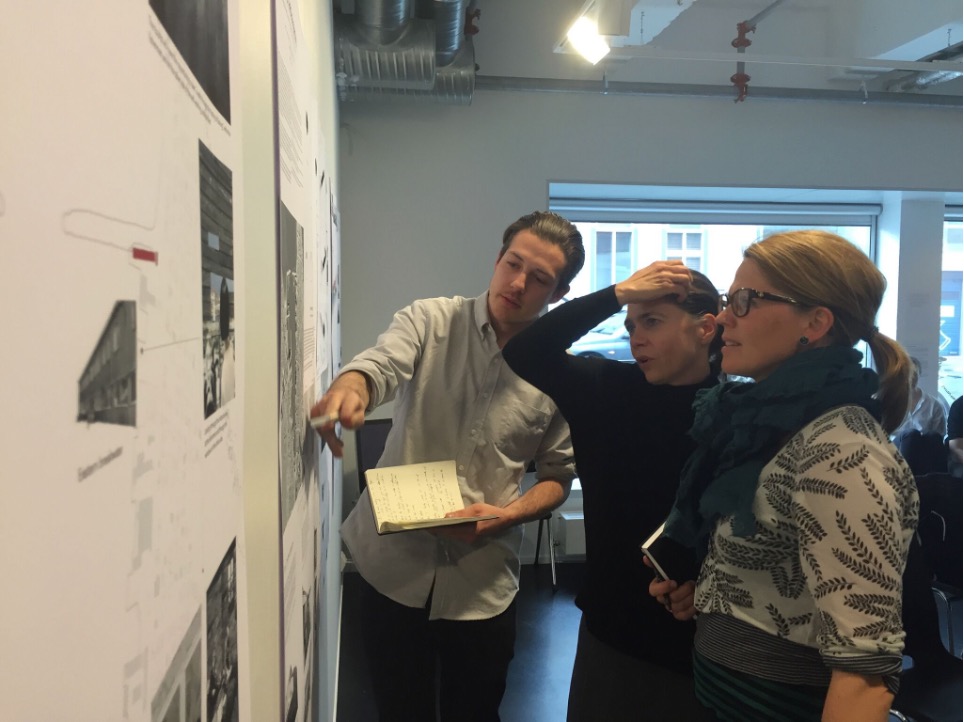 Foto: Thomas Juel Clemmensen (2016)
Foto: Thomas Juel Clemmensen (2016)It is all about communication
As a landscape architect, one must be good at communicating research and project proposals. Drawings, mappings, photographs, film, and other graphic formats, together with physical models, represents central modes of communication.. We also encourage students to articulate their ideas and proposals through textual means of communication.
The picture above is from an examination, where Jerome Codere explains his drawings to two censors. The project Removing and Revealing was about managing cultural heritage in Vardø (Northern Norway) through strategic demolitions and transformations.
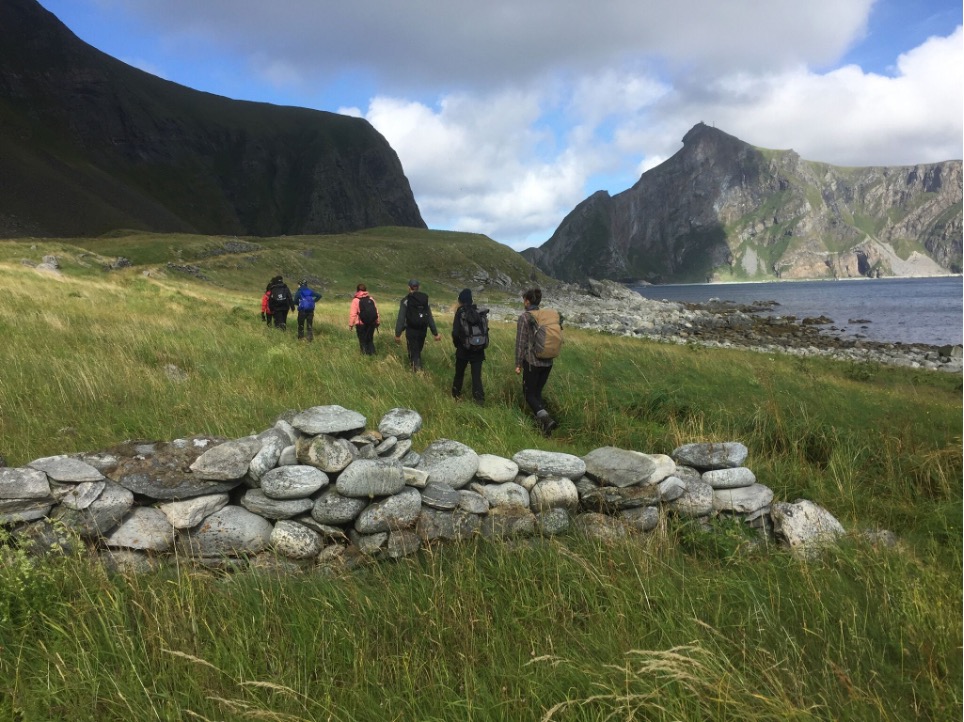
Out into the open
This landscape architecture education brings you out into the open in more than one sense. It includes discovering new and perhaps unknown landscapes, but also, in a figurative sense, about moving into situations where there are no clear answers or a prescribed list of facts to follow. Becoming comfortable with this kind of openness is an important aspect and is trained throughout the education.
The picture above is from a study trip to Værøya (Northern Norway), where the students investigated the coastal zone's various material qualities and cultural-historical traces.